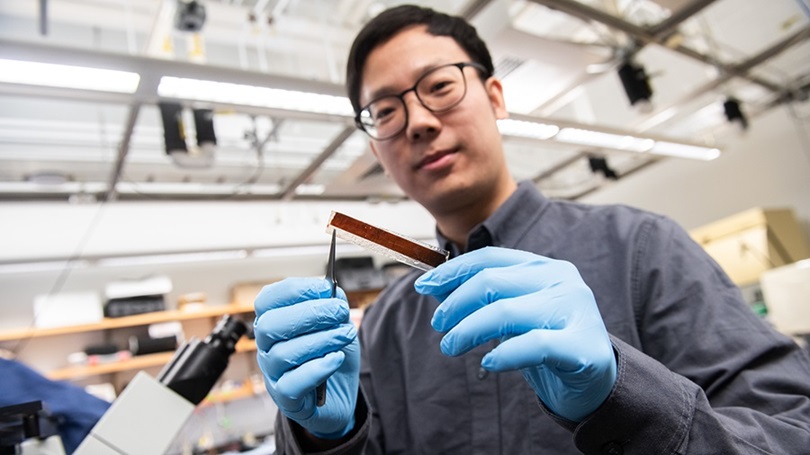Ultra-Thin, Light-Controlled Pacemaker Regulates Heartbeats
Posted on 22 Feb 2024
Millions of individuals depend on pacemakers, small yet vital devices that help maintain a regular heartbeat by regulating the heart's electrical impulses. To minimize complications, there is growing interest in making these devices smaller and less invasive. Now, researchers have developed a novel wireless device, which derives its power from light and can be implanted to control cardiovascular or neural functions in the body. Remarkably thin, lighter than a strand of human hair, the membranes can be inserted through minimally invasive surgery and do not have any moving components. The findings from this study have the potential to simplify heart surgeries and pave the way for innovative future devices.
At the University of Chicago (Chicago, IL, USA), researchers have spent years developing devices that employ technology similar to solar cells to stimulate bodily functions. Photovoltaics are particularly appealing for this purpose due to their lack of moving parts or wires, which could malfunction or become intrusive, an important consideration for sensitive areas like the heart. These devices are powered not by batteries, but by a tiny optic fiber implanted alongside them. To optimize these devices for biological use, the team had to modify the standard design of solar cells.

Their goal was to engineer a photovoltaic material that would only activate exactly where the light struck. They ultimately developed a design featuring two layers of P-type silicon, a material that generates electrical charge when exposed to light. The top layer is characterized by numerous small holes, creating nanoporosity that enhances electrical performance and focuses the electricity, preventing it from dispersing. This innovation resulted in a tiny, flexible membrane that can be inserted into the body alongside an optic fiber through a minimally invasive procedure. The optic fiber emits light in specific patterns, which the membrane detects and converts into electrical impulses.
This membrane's thickness is just one micrometer, making it about 100 times thinner than the thinnest human hair, and spans only a few centimeters square. It's incredibly lightweight, weighing less than one-fiftieth of a gram, a stark contrast to current pacemakers that weigh at least five grams. Designed for temporary use, this version of the device conveniently dissolves into a harmless compound called silicic acid over time, eliminating the need for another surgical removal. However, the researchers have noted that the longevity of these devices can be modified to meet various requirements, depending on the duration of heart stimulation needed. Initially tested on heart tissue, the team believes this method could also be beneficial for neuromodulation, potentially aiding in the treatment of movement disorders like Parkinson’s, chronic pain, and other conditions.
“This advancement is a game-changer in cardiac resynchronization therapy,” said Narutoshi Hibino, professor of surgery at the University of Chicago Medicine. “We're at the cusp of a new frontier where bioelectronics can seamlessly integrate with the body's natural functions.”
Related Links:
University of Chicago














